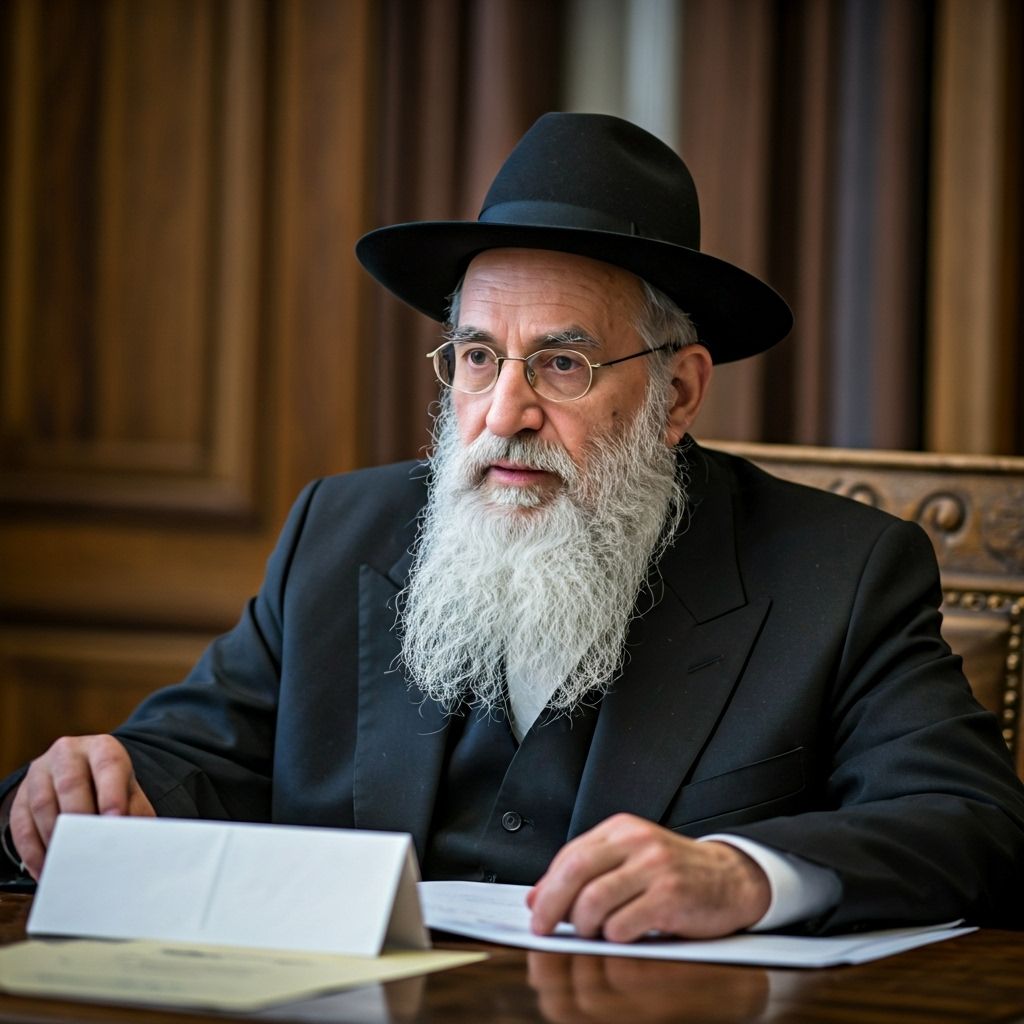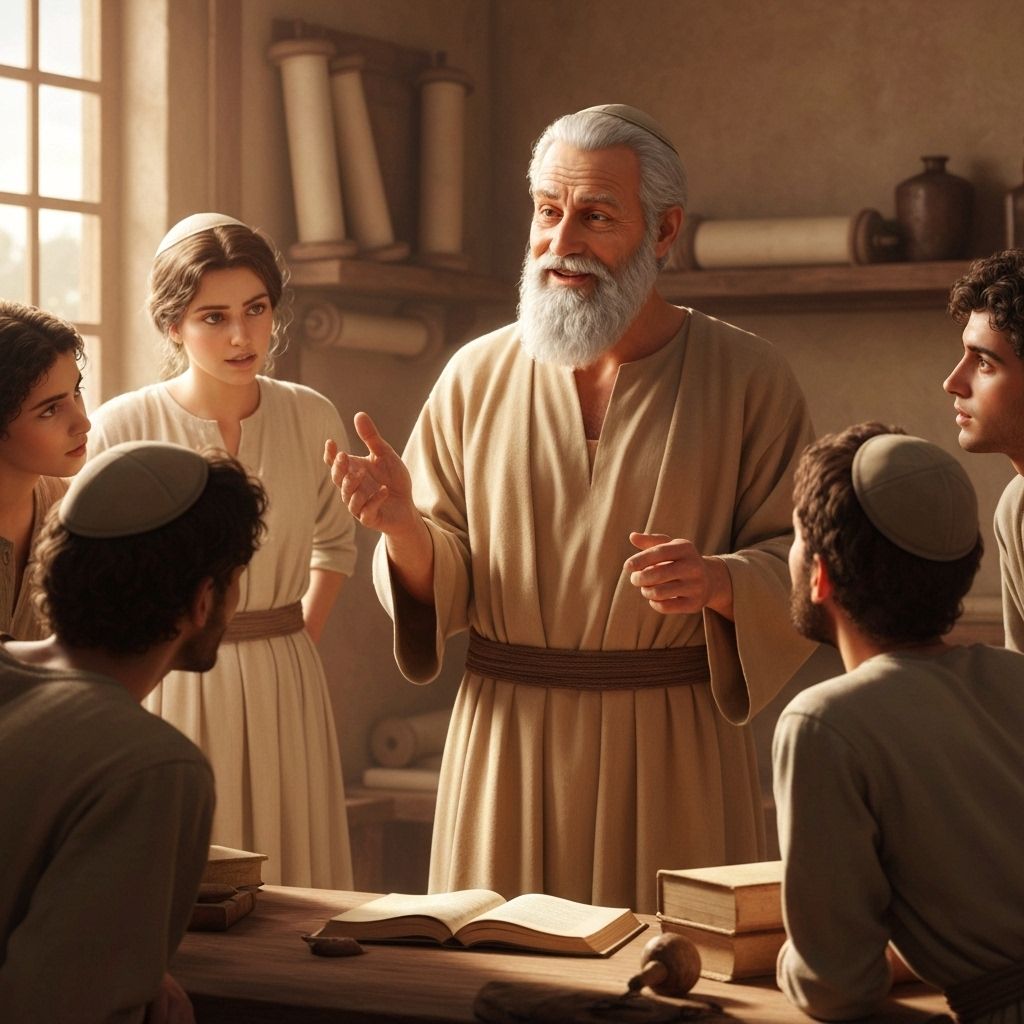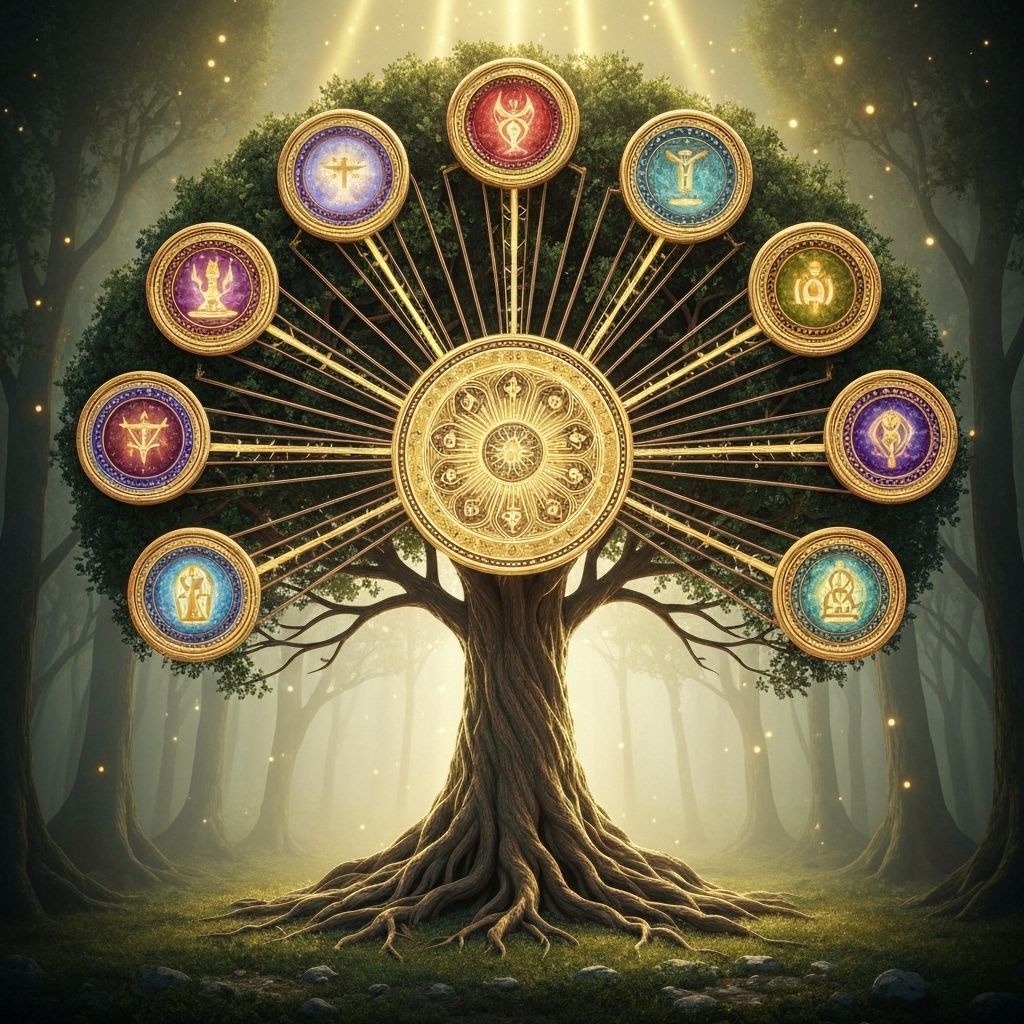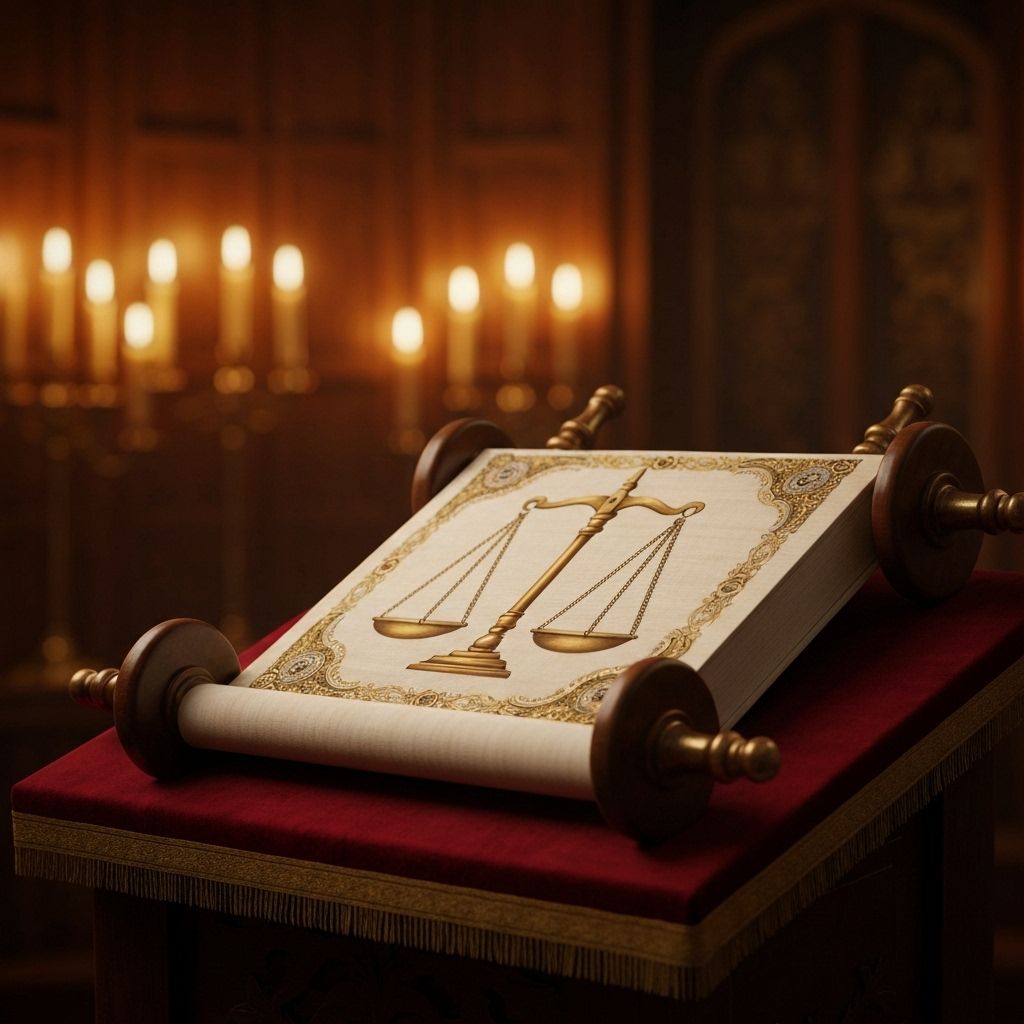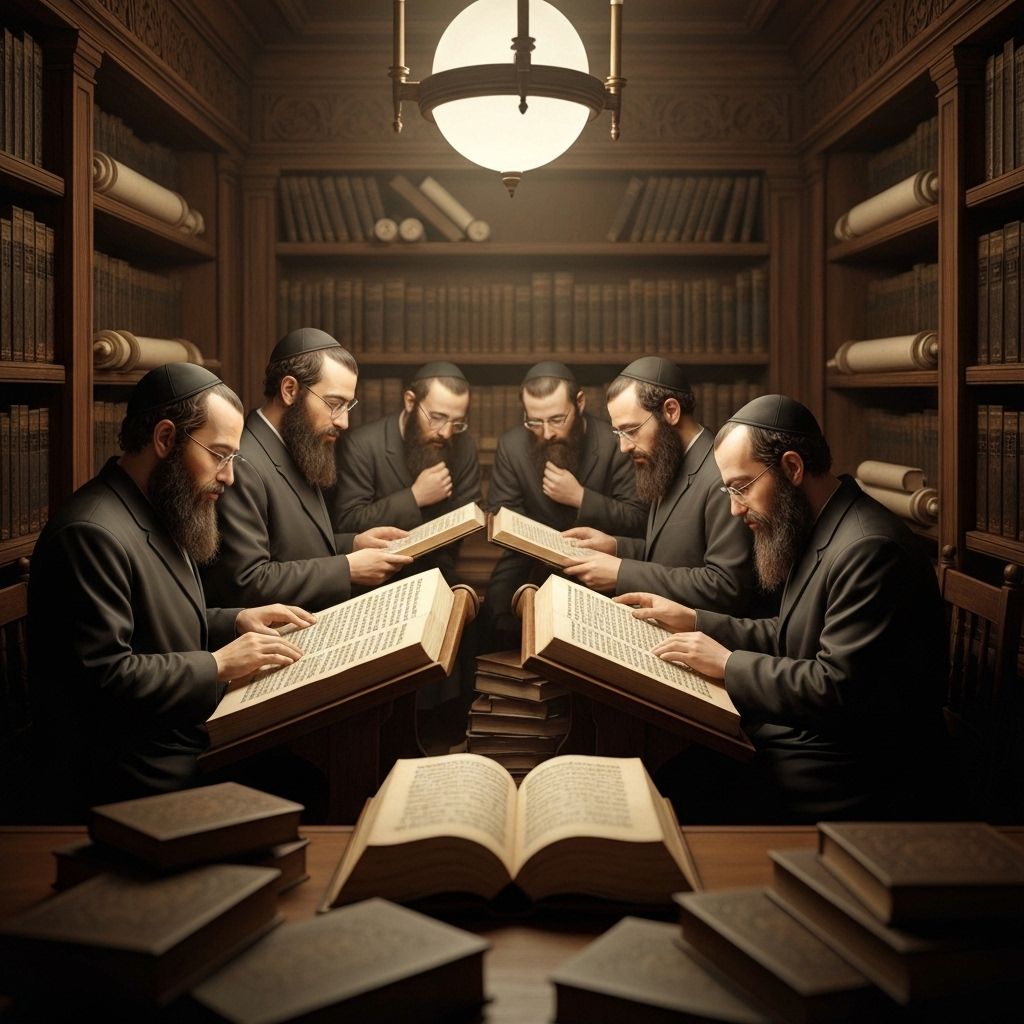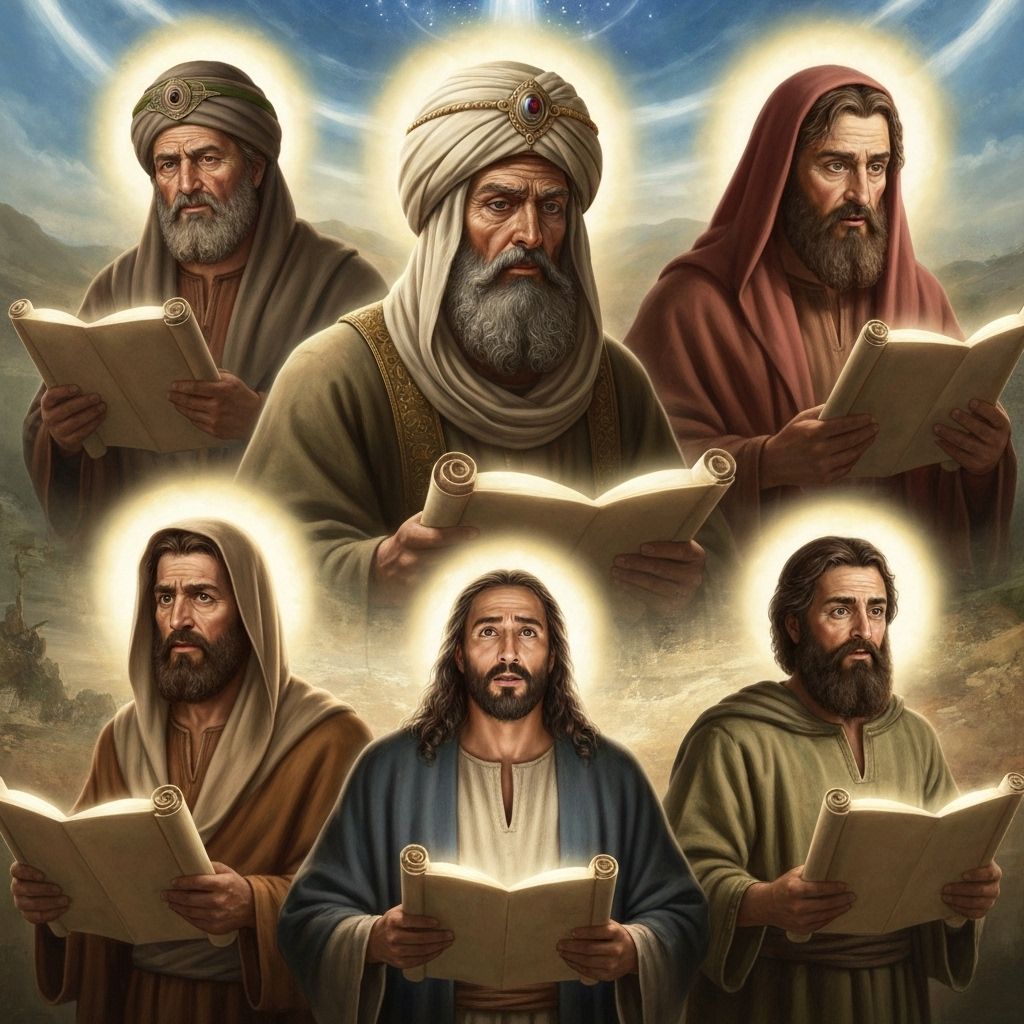3-Minute Summary
The Words of the Torah Explained with Help from Rashi and Ramban
Rashi (1040-1105) was a medieval French rabbi whose commentary on the Torah and Talmud is considered essential reading. His explanations focus on the plain meaning of the text and are known for their clarity and accessibility.
Ramban (1194-1270) was a Spanish rabbi, physician, and philosopher who provided deeper mystical and philosophical insights into the Torah, often building upon Rashi's work while adding his own profound interpretations.
Parsha V'Zot HaBerachah ('This is the blessing') is the final portion of the Torah, containing Moses' poetic blessings to each of the twelve tribes. Each blessing reflects the unique characteristics, history, and destiny of that tribe, from Reuben's firstborn status to Benjamin's warlike nature.
The blessings are both poetic and prophetic, containing insights into each tribe's role in Israel's future. Some blessings are positive, others contain warnings, but all acknowledge the divine favor upon each tribe. The blessings create a sense of unity within diversity.
After blessing the tribes, Moses ascends Mount Nebo and dies. God Himself buries Moses in an unknown location, and the people mourn for thirty days. The Torah concludes by affirming Moses' unparalleled status as a prophet who knew God 'face to face.'
This final parsha transforms the Torah from law to blessing, ending on a note of love, unity, and divine favor that encompasses all of Israel.

